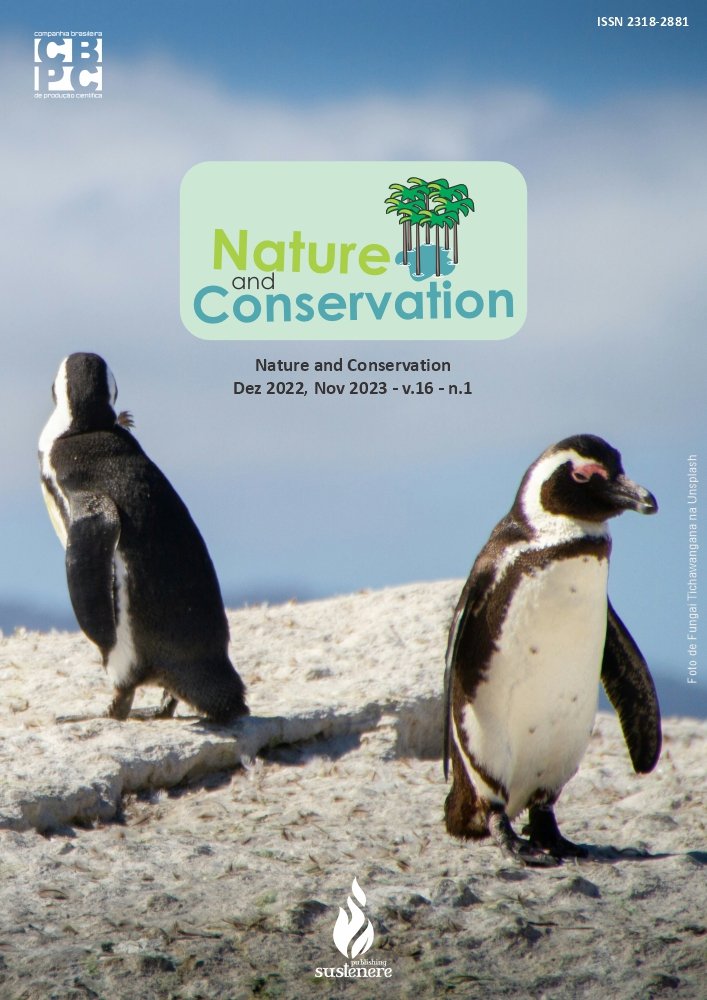Protocol for mycorrizing sugar cane roots DNA extraction for environmental monitoring
DOI:
https://doi.org/10.6008/CBPC2179-6858.2022.010.0006Keywords:
Agricultural Sustainability, Saccharum officinarum, Arbuscular Mycorrhizal FungiAbstract
Monitoring the health of the soils where sugarcane is grown is of paramount importance for the sustainability of this agrosystem. An alternative to this process is the monitoring of the population of arbuscular mycorrhizal fungi associated with the culture. However, for this, protocols are needed for the total reception of DNA from the mycorrhizal roots. Thus, the objective was to evaluate two protocols for obtaining total DNA from mycorrhizal roots. A survey carried out in the municipality of Castelo Branco-PR, in an area cultivated with sugarcane, an area was subdivided into two megaplots of 2.0 ha each and samples of root cane roots were collected in 15 distinct points per megaplot. Two were tested, the I based on the use of the theories with the use of roots and use of roots and the chlorine with maceration of the roots with liquid detergent and 25% SDS detergent. In both, 50 mg of roots are used for DNA quality and to select the quality of the extracted DNA, an electrophoretic run was carried out in 1% agarose and revelation in an LED transilluminator. Protocol I evaluated the amount of DNA in a good amount and the protocol of manipulated DNA in a good amount, since the DNA in all attempts at contamination can interfere with DNA contamination. extracted DNA for other applications.
Downloads
Downloads
Published
Issue
Section
License
Copyright (c) 2023 Ibero-American Journal of Environmental Sciences

This work is licensed under a Creative Commons Attribution-NonCommercial-NoDerivatives 4.0 International License.
The CBPC - Companhia Brasileira de Produção Científica (Brazil CNPJ: 11.221.422/0001-03) the material rights of the published works. The rights relate to the publication of the work anywhere in the world, including rights to renewals, expansions and dissemination of the contribution, as well as other subsidiary rights. All electronically published works may subsequently be published in printed collections under the coordination of this company and / or its partners. The authors preserve the copyright, but are not allowed to publish the contribution in another medium, printed or digital, in Portuguese or in translation.









